GLOBAL LOGISTICS
Whatsapp: +86 13510290734
Email: op@sz-junqing.com

Since the outbreak of the epidemic, the long queues of ships waiting for berths outside the two major ports on the west coast of North America, Los Angeles and Long Beach, have always been a disaster for the global freight crisis. Today, the congestion encountered by major European ports seems to be It's not too much to let go. Empty containers, crucial for Asian exporters, are being stranded in Europe's largest export hub as a growing backlog of undelivered cargo at the port of Rotterdam has forced ocean freight forwarders to prioritize shipping full containers.
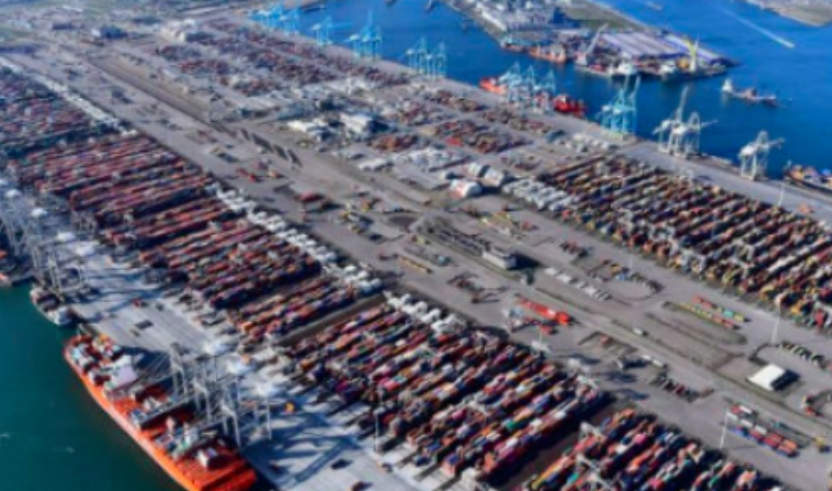
The port of Rotterdam said on Monday that the yard density in the port of Rotterdam has been very high over the past few months due to the no longer on-time schedules of ocean-going vessels and the prolonged stay of import containers. The situation has resulted in terminals having to divert empty containers to warehouses in some cases to reduce yard congestion.
Due to the severe epidemic situation in Asia in the past few months, many ocean freight forwarders have previously reduced the number of ships from continental Europe to Asia, and empty containers and containers waiting to be exported at major ports in northern Europe have piled up.
Kuehne + Nagel International AG, one of Europe's largest freight forwarding services, said that most of the ships currently departing are only loaded with a limited number of empty containers, leaving more space for fully loaded containers. Empty containers are piling up at the terminals, and more and more containers are going back and forth, including a large number of containers that are supposed to be shipped back to Asia.
Many ocean freight forwarders said that although the current epidemic situation in China has improved significantly, due to the shortage of ships and delays in European ports, European export goods have to compete with empty containers shipped to China, which may cause further damage to the Asia-Europe route. interference. Factories in China will need a lot of empty containers to make up for delayed or unfulfilled orders over the past few months, all of which are hampered by shortages of ships and containers, they said. According to data from FourKites, the volume of truck container shipments entering Shanghai from neighboring provinces in China has now recovered to 71% of pre-pandemic levels.
Although in the past railway transportation often shared the congestion pressure faced by ports, the recent outbreak of the epidemic and the conflict between Russia and Ukraine have also caused many companies to avoid land transportation. At the same time, the recent strikes at major European ports have also exacerbated the difficulties faced by local port logistics.
Shipping giant Hapag-Lloyd said earlier this month that RWG's yard density had "worsened" to 95% due to increased container hold times and a mounting embargo on Russian cargo from different carriers, mainly due to transshipment and imports It is caused by the blocking of the goods for a long time.
Maersk also recently warned that its service network was "under severe stress", which it blamed on "disruptions in European port operations". "Our ships have experienced significant delays in northern Europe, which have affected the return schedule to Asia Pacific," Maersk said.
Maersk said bottlenecks in the Asia-Nordic network were causing service delays. Maersk will improve the delivery of goods for customers in challenging circumstances, but even minor disruptions can have knock-on effects and lead to major setbacks. This situation is driven by a number of external factors, mainly terminal congestion, and while Maersk is doing its best to resolve the situation for customers, the cumulative delays on the AE5 have resulted in departure schedules that need to be adjusted. In order to coordinate network deployment across the market and increase visibility of schedules - Maersk has made the following schedule adjustments.
The situation means there will be longer wait times for ships at all major Nordic ports, according to Dexon International. About 60 percent of ships traveling from Europe to Asia in April and May this year experienced delays, with 13 ships waiting for berths outside the port of Rotterdam as of June 17. "Unfortunately, this is becoming a recurring phenomenon with the current congestion situation in Nordic ports," the Port of Rotterdam said.
Door to Door Shipping from China to UAE
2025-02-25
Although Saudi Arabia has a small population, it has strong purchasing power and supports many Chinese cross-border e-commerce businesses such as jollychic, fordeal, funmart, etc. However, Saudi logistics is a very troublesome problem. This article will i
2022-07-07
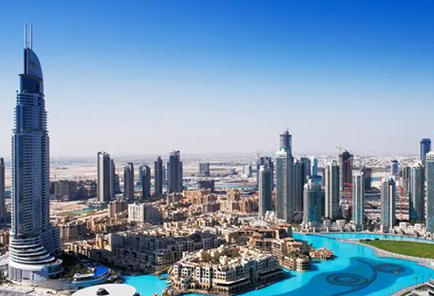
More →
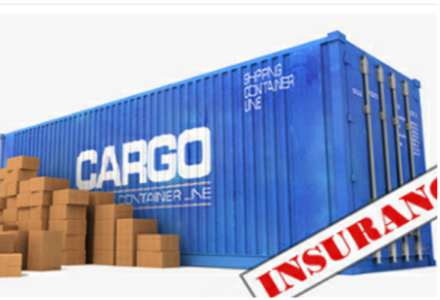
More →
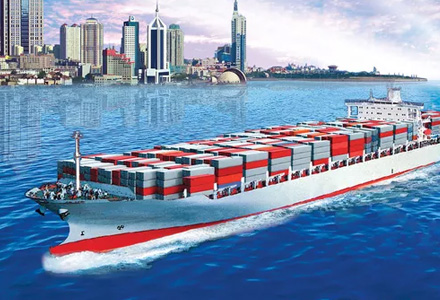
More →
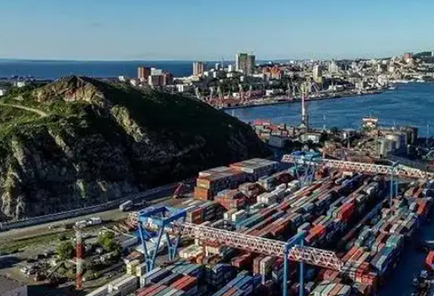
More →
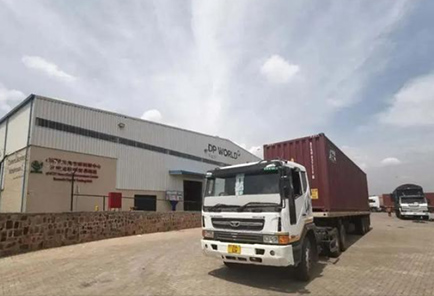
More →
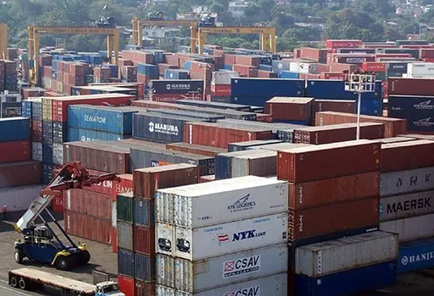
More →
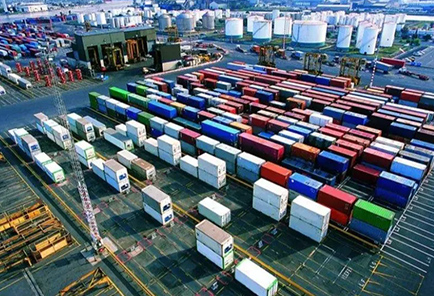
More →